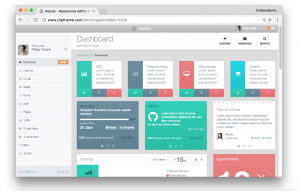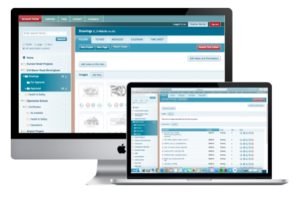The thing about conventional wisdom is quite often it isn’t, (wise I mean) or in the vernacular “isn’t that”.
Talking about things that “aren’t that” integrated software solutions, once the holy grail of business requirements are now deemed to be “not that” when compared to a new concept that is being called “the best of breed”.
Before I go on, let me make a vain attempt to retain your attention. By modern web standards you probably haven’t got through to this third paragraph anyway but in the hope that some of you have, let me attempt to justify why my opinions may just carry some weight.
Firstly I’m old, not that old in real world terms but in IT terms extremely old. True, I don’t remember when it was “all fields round here” but I do remember when software was written on paper tape! Yes trust me it really was. I also remember when all computing was in black-and-white, when Windows was, quite frankly amazing (oh my god how long ago was that!) no honestly, once upon a time it really was, it really was the bees knees, the best, the most inventive, most forward thinking, I’m sure I’ve lost you all now, you must think I’m some sort of nut job.. let me get back on track.
The point is I’ve seen a lot of software developments, I’ve seen when overcoming problems with speed was essential, I’ve seen when the user interface, the “graphicy” bit that you point and click at, was viewed as all-consuming, I’ve seen Steve Jobs explain that we could hold the web in the palm of our hand and have seen the world slowly decide that, whilst that was nice, it wasn’t absolutely essential and I’ve seen the age-old battle about whether we should choose an integrated solution, where you enter your data once and have it made instantly available at all of the other “touch points” in your organisation and I’ve viewed the alternative argument that, each stand-alone solution should perform its own function as good as it possibly can and not give two hoots about who else in the organisation is interested in it.
I think the modern dashboard has changed all that.
In other words integration, at least from reporting purposes is a given. Any piece of software worth its salt should have Velcro -like hooks and loops, to be able to pick up on and stick to other applications. So each application may well perform as best of breed “in its own world”, because invariably it will be able to read in information in from other applications and export to others. Most of this of course, is achieved by the evolution of the Dashboard. The Dashboard is where all of your business applications come together, where essential reports are shown first, less important information lower down the page and of course everybody’s dashboard is entirely configurable, so what’s important to them can appear at the top and what’s not important can be pushed lower down the page or indeed not shown at all.
Take a look at this modern “Rapido” theme. The point is that it’s entirely configurable, if sales figures and earnings are important they can be shown at the top of the page or if the news and social network activity is more important they can be moved higher still. Calendars, tasks orders and progress can equally be viewed in whichever way you choose. Much of our development work at Collabor8online now involves integrating other applications within similar dashboard views.
Of course this level of integration usually requires that there is some commonality and that commonality nowadays is usually “The Cloud”. Quite apart from the other advantages offered by cloud-based solutions, cost, reliability and accessibility, perhaps integration is the biggest benefit of all.
Colin Barnes is CEO and founder of Collabor8online.
Tweet



